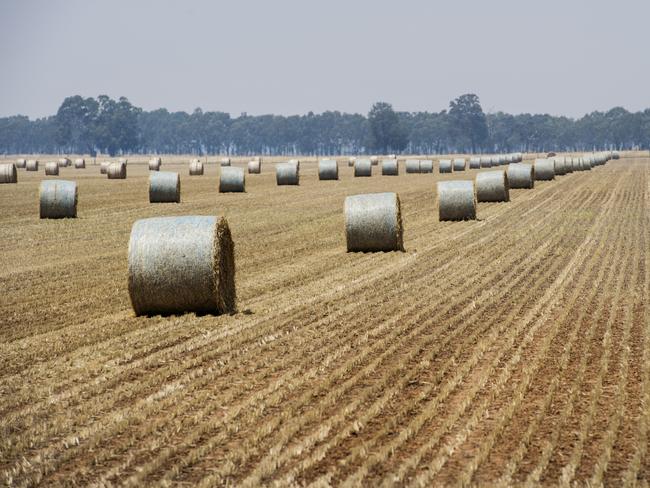Growers, sellers to move residual hay and straw
Promising crops mean residual hay and straw must be moved to make way for the new season.

DRY weather this winter has been a boon for graziers, and hay growers are adapting to help overcome the lower demand.
Following the drought-breaking rain in NSW in February, a wet winter has been one of the few seasonal changes that could lift hay demand.
Now we are close to the last half of winter some hay sellers are wondering if they will be able to sell their residual hay and straw.
Their hay crops are looking promising and they will need all their hay sheds empty in time for baling this October.
The decile two to three rainfall for June in both Gippsland and southwest Victoria has seen firm paddocks providing resilient pastures.
From many dairy and beef producers, these conditions have enabled them to use only small volumes of their stocks of hay and silage.
The past two weeks have continued this trend of drier than normal weather although farms in West Gippsland and those within 20km of the coast, between Warrnambool and Cape Otway, received between 30-40 mm last week.
The Bega Valley remains dry and dairy farmers there have little access to pastures.
Silage made during February is being fed out now, with some farmers nearing the end of their supplies.
There has been a trickle of hay trucks moving hay and straw into the valley since the start of the year, but according to local consultants at Bega, these trucks are about to become more frequent.
Not that hay sellers are looking for it, there are further signs the season is booming along and that this could put further pressure on crop prices.
Victorian fodder contractors are finding some new and unseasonal work cutting cereal silage.
Hay growers from Blighty to Berrigan with early sown cereal hay crops are cutting their crops for silage with the intention of lowering the subsequent volume of their crops that will be cut for hay in October.
Similar outcomes are being sought by hay growers north of Wagga Wagga.
Cattle agisted from Bega are grazing cereal crops, lowering the biomass to allow the regrowth of a more moderately sized hay crop.
These broadacre farmers would normally graze their own cattle, but few have restocked since the end of the drought.
Instead of high-yielding, high-fibre hay crops with bulky windrows that take much longer to cure, hay growers are aiming for faster- curing, lower-yield and higher quality hay with lower fibre and higher energy.
Hay growers are well aware that buyers, particularly hay exporters, are increasingly looking for quality.
This opportunity to graze or ensile crops in July is one way they can control the quality of hay cut this spring.
These radicle cuttings of growing crops are more appealing for crops intended for hay than grain, as grain depends on a longer growing season and is more susceptible to dry weather in spring.
MORE


